Apply now to join our next cohort of Community Science Fellows and Community Leads!

The green forest of Lower Richland, interrupted by the Westinghouse nuclear fuel fabrication facility with the Columbia skyline in the background. Photo credit - High Flyer
The Lower Richland community in Columbia, South Carolina, is surrounded by facilities (fuel fabrication facility, superfund site, resale of used industrial equipment facility, coal burning power plant, paper mill and multiple landfills) that bring pollution to their groundwater. This community is land rich but cash limited (low wealth), predominantly Black, and reliant on private wells for water consumption. These residential private wells are not tested by these facilities. There is a lack of communication among the facilities, the local government, the regulatory agencies, and the local community members. This project will look at the cumulative hazard risks that these facilities have on Lower Richland groundwater. The results of this project will be used to determine if there is pollution in the residential wells, and what is the type of pollution. This project will help community members learn not only about the quality of their water, but also the scientific and regulatory processes for groundwater remediation.
We would like to acknowledge South Carolina is on the ancestral lands of the Indigenous peoples recognized by South Carolina’s Native American Indian Entities.
The Lower Richland community is located in Richland County, South Carolina. It is a predominantly Black, low-wealth rural community. Richland county is home to 415,000 people. Lower Richland is filled with historical, archeological, and natural resources. It is home to archeological sites such as the Denley Cemetery, an African American burial site possibly used by enslaved African Americans, and the Native American Green Hill Mound. Mounds in South Carolina date back to 1200 to 1500, and are thought to have been used as cultural, ceremonial, or burial sites. Both the Congaree National Park and the Congaree River are located in Lower Richland.
Unfortunately, the historical and natural resources and the health of this community are often at risk from pollution due to nearby facilities. Lower Richland is also the home of the Waste Management on Screaming Eagle Road and the Old McGraw Dump site, unregulated dumpsites, a superfund site, the International Processing Plants and Equipment Corporation (IPPE) , International Paper Sylvamo facility, the Wateree Station coal power plant, and Westinghouse Nuclear Fuel Fabrication Facility. Some of these facilities have poor safety practices, a history of violation of regulatory requirements, and discharges of pollutants into the air, groundwater, and surface waters. Most of the residents in Lower Richland depend on private drinking water wells and are not consulted or informed when there is a hazardous spill. Community organizers from the local Sierra club and the NAACP in Richland County, South Carolinahave been fighting to protect Lower Richland from more pollution for decades. This project will spread awareness, increase collaboration, and help community leaders enhance their advocacy.
In 2019, Westinghouse requested a 40-year extension to their license to the Nuclear Regulation Commission. This request was granted in fall of 2022. This means they will not be required to take public comments for 40 years. In the past, the permits were issued for 20 years, which is already too long without community input. Learn more about the community’s response to the Westinghouse 40-year license request can be learned in this newspaper article by Sammy Fetwell, a reporter from South Carolina. This year it was learned that IPPE plans to expand their operations. The Wateree Station coal power plant has requested a permit extension which will ensure the continuation of mercury and arsenic releases to river waters already with high concentrations. The Sierra Club Midlands group has more information on the impact of the Wateree power plant here. The International Paper Company has been in the area for 40 years with limited communication with nearby residents.. The Sierra Club Healthy Community’s Campaign organizer and community collaborators are working with Thriving Earth in order to investigate, collect, and accurately interpret data needed by the community to hold polluting facilities accountable. In the long-term, we hope this sets up a precedent for how industry in Lower Richland should interact with the community at large.
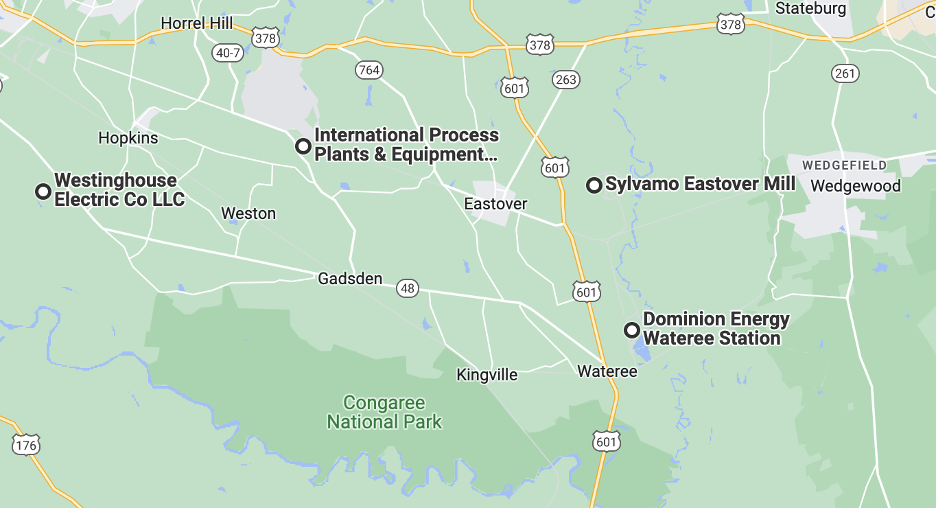
Image courtesy of Google Maps.
As the pandemic has shown, living in a contaminated environment can damage the immune system and hinder the body from defending itself if exposed to SARS-Covid-2. The Lower Richland community has their surface resources continuously being polluted by the facilities in their land without being properly communicated the damages these bring to their health and natural resources. In this project we are trying to see the groundwater resources have also been polluted. For example, during the 50 years that the Westinghouse nuclear fuel fabrication facility has been in Columbia, there have been leaks within the facility and little to no communication to the community on the extent and mitigation process. The Wateree power plant is one of the oldest power plants in the state and has contributed to the mercury and arsenic pollution of the Wateree River and continues to do so.
The environmental reports from these facilities and the South Carolina Department of Health and Environmental Control (DHEC) are often difficult to find and complicated to understand . Most residents in Lower Richland lack internet access, and while some public meetings are announced in the state newspaper, many residents cannot afford the subscriptions. In order for community members to know if their drinking water wells are safe, they need to become aware of the extent of exposure from cumulative pollution.
We will review the environmental reports from these facilities and assess groundwater quality in private wells and any potential human health risks. This assessment would look at the public health & groundwater risks from these facilities. The report will be written in a manner that can be used to educate the population about the potential risks to their drinking water. We will host public community meetings to educate the community about their rights and resources to protect their drinking water. In the end, the results will show whether or not pollution has impacted some of the private wells, what these wells should be tested for, and show which facility is polluting the most. This will result in an educated and resilient community that can hold the polluters in their area accountable. They may be empowered to limit the expansion of pollution.
This project is expected to last 12 months and will start as soon as possible.
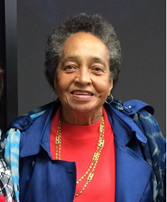 Virginia Sanders is a National Sierra Club Organizer working in the Richland and Marion Counties of South Carolina in the Healthy Communities Campaign. Her work to further environmental justice includes fighting for her community’s right to access clean water and air. Virginia has also organized bus riders in the city of Columbia to advocate for improvements to transit services as well as investments in walking and biking infrastructure. She serves on the Richland County conservation commission as well, all in an effort to improve the quality of life for the people of Richland and Marion Counties.
Virginia Sanders is a National Sierra Club Organizer working in the Richland and Marion Counties of South Carolina in the Healthy Communities Campaign. Her work to further environmental justice includes fighting for her community’s right to access clean water and air. Virginia has also organized bus riders in the city of Columbia to advocate for improvements to transit services as well as investments in walking and biking infrastructure. She serves on the Richland County conservation commission as well, all in an effort to improve the quality of life for the people of Richland and Marion Counties.
To learn more about Virginia, please visit the Anthropocene Alliance page on her work: https://anthropocenealliance.org/sierra-club-in-richland-county/
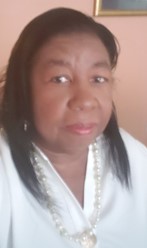
Ms. Joyce O. Delk was born and raised in Lower Richland County. Since 2012, she has been promoting the Richland penny-tax program to improve dirt roads and improvement of transportation. She has been an advocate for her fellow community members and pushed for the penny-tax funding to be distributed with their initial goals. More on her work with the penny-tax projects can be found in an article by The State newspaper. Ms. Delk has also volunteered in Richland county as a poll worker for the past seven years. She is a member of the Reckoning Crew, which promotes presidential candidates. She serves in her community when needed and in whatever capacity she can.
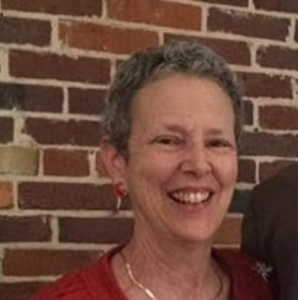
Pamela Greenlaw is a former public school educator. For the past twenty years, she served in leadership for the Midlands Group of the South Carolina Sierra Club. Currently, she focuses on educating various audiences for action on wide-ranging environmental threats, such as, toxicity in plastics, the climate changing petrochemical industry, and the out-of-control nuclear industry. Ms. Greenlaw believes everyone has the right to unspoiled resources of nature which are necessary for a good quality of life.
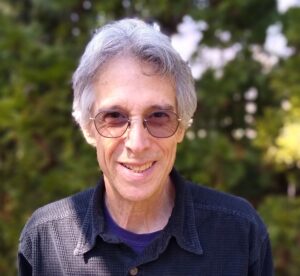
Albert J. Valocchi is Professor Emeritus, Department of Civil and Environmental Engineering, University of Illinois at Urbana-Champaign. He has over 40 years’ experience in academia, teaching and conducting research in the areas of water resources engineering, groundwater hydrology, pollutant fate and transport in soils and groundwater, and groundwater modeling. Recent research interests include geological sequestration of carbon dioxide, impact of model uncertainty on groundwater resources management, and modeling long-term fate of contaminants trapped in low-permeability media. His research has been supported by several agencies including the National Science Foundation, U.S. Department of Energy, and the Strategic Environmental Research and Development Program. From 2014-2020 he was a member of the Board of Directors, Consortium of Universities for the Advancement of Hydrologic Science, Inc., (CUAHSI).
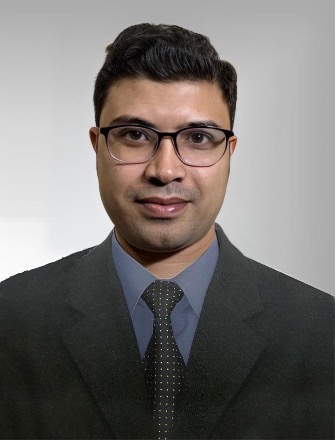
Ahad Hasan Tanim is a PhD candidate in Water Resources Engineering at the University of South Carolina. Ahad research focus on coastal and inland flood modeling, monitoring, and management. He also works on machine learning and geoscientific approaches to better understand the terrestrial hydrologic process. He completed his Bachelor’s and Master’s degree in Civil Engineering from CUET in Bangladesh. He is excited to work with a diverse group of people in AGU community science program to explore water-related issues of underserved community. In Ahad’s spare time, he enjoys rafting, fishing, and watching football.
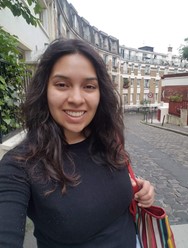
Eimy Bonilla is a Ph.D. candidate in Environmental Sciences and Engineering in the Atmospheric Chemistry and Modeling group at Harvard University working with Dr. Loretta Mickley. Eimy models atmospheric chemistry and transport of fire emissions to better understand the fate of pollutants affecting air quality and climate change across South America. She graduated from Tufts University with a Bachelor of Science degree in Environmental Engineering and worked for two years in a remediation consulting company before starting graduate school. She is excited to be working with the Lower Richland community and connect them to scientists who can answer some long standing questions.
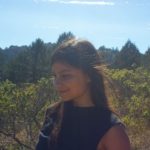
Sheelah Bearfoot is a program manager at Anthropocene Alliance. She graduated with a degree in Genetics and Plant Biology from UC Berkeley in 2016. She’s Chiricahua Apache, and worked at the Native American Health Center in SF for two years as a diabetes educator before starting a master’s in Environmental Health Science at Hopkins, where she continued her focus on Indigenous health disparities.
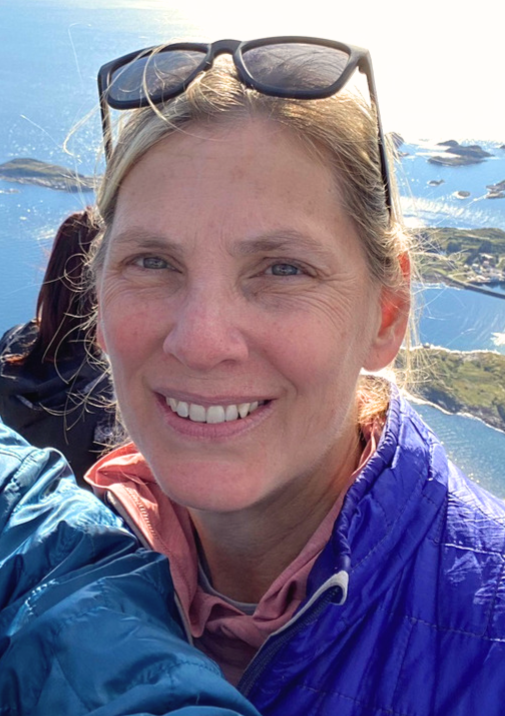
Dr. Kirsten Lackstrom conducts applied and interdisciplinary research, with the goal of improving understanding of climate impacts and adaptation processes and producing useful and relevant climate information for decision-making. She has a Ph.D. in Geography and most recently worked with the NOAA-funded Carolinas Integrated Sciences and Assessments program at the University of South Carolina.
Sierra Club: The Sierra Club is the most enduring and influential grassroots environmental organization in the United States. The Sierra Club has evolved into an organization that works to advance climate solutions and ensure everyone has access to clean air, clean water, and a healthy environment.
By centering our key principles of equity, justice and inclusion in every aspect of our work, we aim to transform ourselves and build a healthy, welcoming and sustainable community that celebrates people from all walks of life.
Anthropocene Alliance is the nation’s largest coalition of frontline communities fighting for climate and environmental justice composed of 70 communities in 22 states and Puerto Rico. They assist communities in understanding and addressing the impacts of flooding, water contamination, air pollution, and wildfires. The Anthropocene Alliance’s goal is to bring frontline communities together and amplify their voices so they can have safe, healthy, and equitable communities.
(c) 2024 Thriving Earth Exchange